Contents
- 🥚 What makes these little cakes so special?
- 🌾 Ingredients: simple, but don’t underestimate them
- 🔪 Preparation: it’s all about the technique
- 💡 Tips that make a big difference
- 🍵 Serving ideas that go beyond the basics
- 🧊 Storage tips: how to keep them soft and dreamy
- 🔥 Reheating without drying out
- 💭 Final thoughts: why we keep coming back to these cakes
If you’ve ever stepped into a small, family-run bakery in a Chinese neighborhood, you may have seen them—those golden little cakes, slightly domed, resting in thin paper cups, giving off the gentlest scent of vanilla and warmth. You probably picked one up, not expecting much. And then, one bite in… wow. So airy. So soft. Not too sweet. Just perfect. 🧁
Chinese mini sponge cakes aren’t loud or flashy. They don’t ooze with chocolate, and they won’t knock your socks off with spice. But what they do offer is comfort. Simplicity. Something nostalgic, even if it’s your first time trying them. And the best part? You can make them at home. No special machines. No rare ingredients. Just a few everyday items, a whisk, and some quiet joy.
🥚 What makes these little cakes so special?
Let’s be honest—there are hundreds of cake recipes out there. But these little sponge cakes have a magic of their own. They’re different from Western cupcakes. There’s no frosting. No heavy buttercream. No artificial coloring. And yet, they shine in their own way.
The texture is something people talk about a lot: light as a feather, with just enough bounce to feel satisfying when you bite in. The flavor? Delicately sweet, sometimes with a hint of egg or custard. Not sugary. Not bland. Balanced.
In Chinese culture, this kind of balance is everything—whether it’s in food, tea, or even the way people approach life.
🌾 Ingredients: simple, but don’t underestimate them
Even though the ingredient list is short, every single one has a job to do. And how you use them? That makes all the difference.
Here’s what you’ll need:
- 4 large eggs 🥚 (separated, room temperature is best)
- 3/4 cup white sugar 🍚
- 1 cup all-purpose flour 🌾 (or cake flour, sifted twice)
- 1/4 cup custard powder or cornstarch 💛 (this gives that ultra-soft bite)
- 1 teaspoon baking powder 🧁
- 1/2 teaspoon baking soda 🧂
- 2 tablespoons melted unsalted butter or neutral oil 🧈
- Optional: 1/2 tsp vanilla extract or almond essence for aroma 🌸
Many people skip the custard powder, but it really makes a difference. It brings a bit of softness and that subtle bakery flavor you might remember from store-bought cakes growing up.
🔪 Preparation: it’s all about the technique
Making sponge cakes is a little like raising a delicate plant—you can’t rush it, and you can’t be rough.
Step-by-step guide (with a bit of soul)
- Separate the eggs. Yolks in one bowl, whites in another. Try not to get any yolk in the whites—this is key for good volume later.
- Beat the yolks and sugar until they turn thick, pale, and creamy. You’ll know it’s ready when it ribbons off the whisk. Add in your oil or butter and stir it in gently.
- Sift your dry ingredients—flour, custard powder, baking powder, and baking soda. Do it twice, even three times if you want. The fluffier your flour, the better the final texture.
- Fold the dry mixture into the yolk batter. Slowly. Respectfully. No overmixing here—this isn’t pizza dough.
- Now comes the egg whites. Whip them to stiff peaks, starting slowly and increasing speed. Add a pinch of salt or a bit of lemon juice if you like—it helps stabilize the foam.
- Gently fold the egg whites into the rest of the batter in three stages. Don’t stir. Scoop under and turn. It should look airy and light, almost like foam.
- Pour the batter into small paper molds or cupcake liners, filling each about 70–75%. Don’t overfill—these rise beautifully.
- Bake at 160°C (320°F) for around 12–15 minutes. Don’t open the oven door until you’re near the end. They’ll collapse if they get cold air too soon.
- Once they’re done, let them cool a bit before removing from the molds. You can eat them warm or room temp—either way, they’re a soft delight.
💡 Tips that make a big difference
- Use room temperature eggs. Cold ones won’t whip properly.
- Don’t rush the folding. This is where most people ruin their cakes.
- Avoid over-baking. You want the tops to just start to turn golden. Not brown.
- Test with a toothpick in the center—it should come out clean, but not dry.
- Cool them properly. Don’t shove them in the fridge while they’re hot. Let them breathe.
If you follow these steps with a little care, you’ll end up with golden, fluffy cakes that practically vanish with each bite.
🍵 Serving ideas that go beyond the basics
These cakes might be simple, but that doesn’t mean they can’t be dressed up.
Try stacking them on a pretty plate with a few slices of seasonal fruit—kiwi, mango, strawberries. Sprinkle some powdered sugar on top or drizzle with honey if you’re feeling fancy. You can even serve them with a dollop of whipped cream and a sprig of mint for something extra.
Perfect drinks to pair with:
- Steaming cups of green tea 🍃
- Lightly sweetened milk tea 🧋
- Jasmine or oolong tea ☕
- A glass of cold almond milk 🥛
The idea is not to overwhelm the flavor—these cakes are soft-spoken. They pair best with something equally gentle.
🧊 Storage tips: how to keep them soft and dreamy
No doubt about it — nothing beats the joy of biting into a freshly baked mini sponge cake, still warm and soft from the oven. But sometimes life gets busy, or you want to prepare ahead for a gathering. Luckily, these little cakes can stay tender and delicious for a while if you store them properly.
At room temperature
If you plan to enjoy your cakes within the next couple of days, the best way is to keep them in an airtight container at room temperature. This keeps them moist and prevents the delicate crumb from drying out or turning tough. Just find a cool, shaded spot in your kitchen away from sunlight or heat sources — a cozy little cake home. Trust me, they’ll stay soft and ready to snack on for about 48 hours, perfect for sharing or a sweet solo treat.
In the fridge
Sometimes, you need to keep your cakes a bit longer, especially in warmer weather. Refrigeration is an option, but here’s the catch: sponge cakes don’t love the cold air. They can quickly lose moisture and become dry or rubbery. To protect them, wrap each cake tightly in cling film or place them in a sealed container to block out fridge odors and drafts. Before eating, it’s important to warm them up gently, either with a quick zap in the microwave or a short time in the oven. This brings back their soft, fluffy charm — otherwise, they might feel a little stiff.
Freezing for longer storage
If you bake in bulk or want to save some for much later, freezing is the way to go. Wrap each cake individually in plastic wrap or foil, then tuck them inside a freezer-safe bag or container. When you want to indulge, just let them thaw naturally on your countertop or give them a gentle warm-up in the oven or microwave. This method preserves both texture and flavor amazingly well — you can keep them frozen for up to a month without losing that tender, airy feel that makes these cakes so special.
🔥 Reheating without drying out
When it comes to warming up mini sponge cakes, it’s easy to accidentally overdo it. Heat them too much, and the soft texture disappears, leaving behind a dry, tough bite. Heat them too little, and you’ll be stuck with cold, dense cakes that aren’t nearly as enjoyable. To strike the perfect balance and revive that fresh-from-the-oven softness, here are a couple of foolproof techniques.
Microwave warming:
Put your cake on a microwave-safe dish and zap it at medium power, but only for about 10 to 12 seconds. This short burst warms the inside just enough to soften the crumb without cooking the cake further or making it rubbery. Remember, microwaves vary, so start with less time and add seconds gradually if needed.
Oven warming:
If you prefer a slower, gentler way to bring back that tender texture, set your oven to around 150°C (300°F). Lay your cakes out on a baking tray, then loosely cover them with aluminum foil. This prevents moisture from escaping, keeping the cakes soft. After about 4 to 5 minutes, they’ll be nicely warmed and fluffy again, almost like fresh from the bakery.
The secret is gentle heat — avoid rushing the process or cranking up the temperature. A little patience goes a long way to bring back the delightful softness and flavor that makes these cakes so irresistible.
💭 Final thoughts: why we keep coming back to these cakes
You might bake these for a holiday, a birthday, or just because it’s Sunday and you’re in the mood for something cozy. But whatever the reason, they have a way of bringing you back. Back to quiet kitchens, to childhood smells, to something handmade.
They’re not glamorous. They’re not trendy. And that’s exactly what makes them so beautiful. You bite in, and everything just slows down for a second. 🌤️
So go ahead—make a batch. Share a few. Keep some for yourself. Let them cool on your counter while the scent fills your home. There’s something very human about that. Something real.
And that’s what good food is really about, isn’t it?

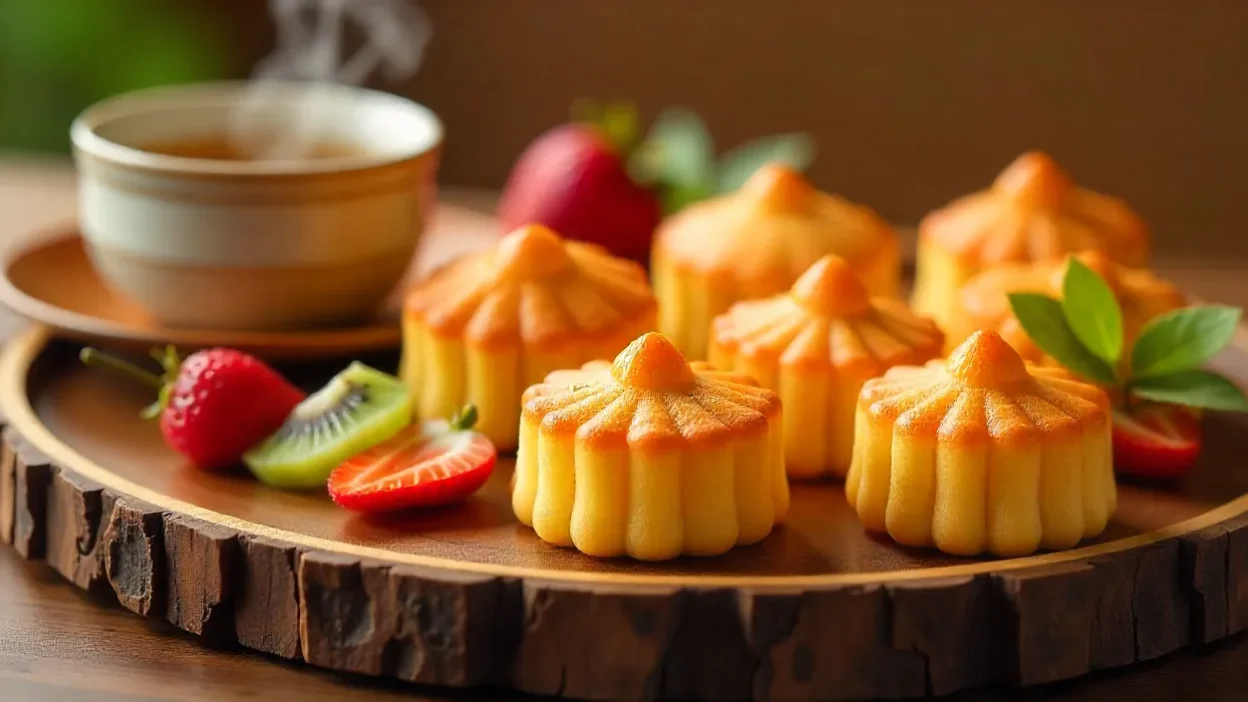
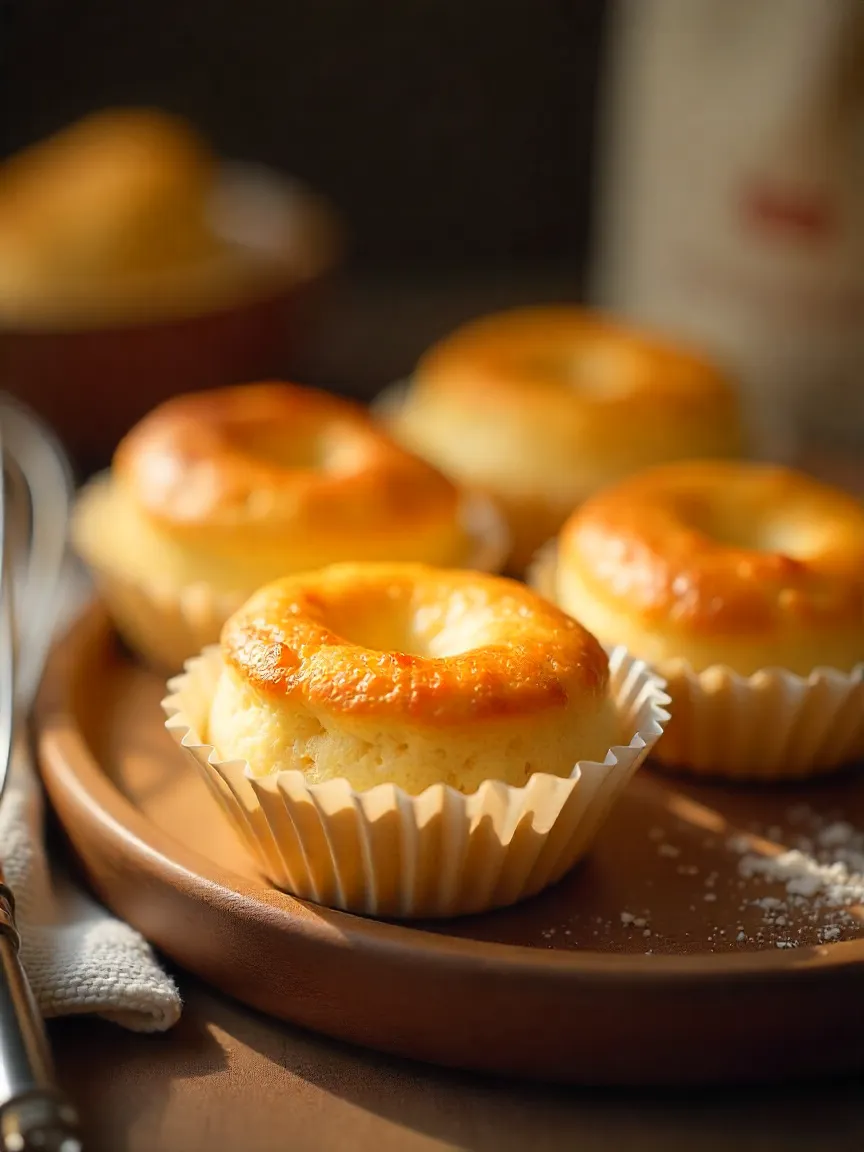
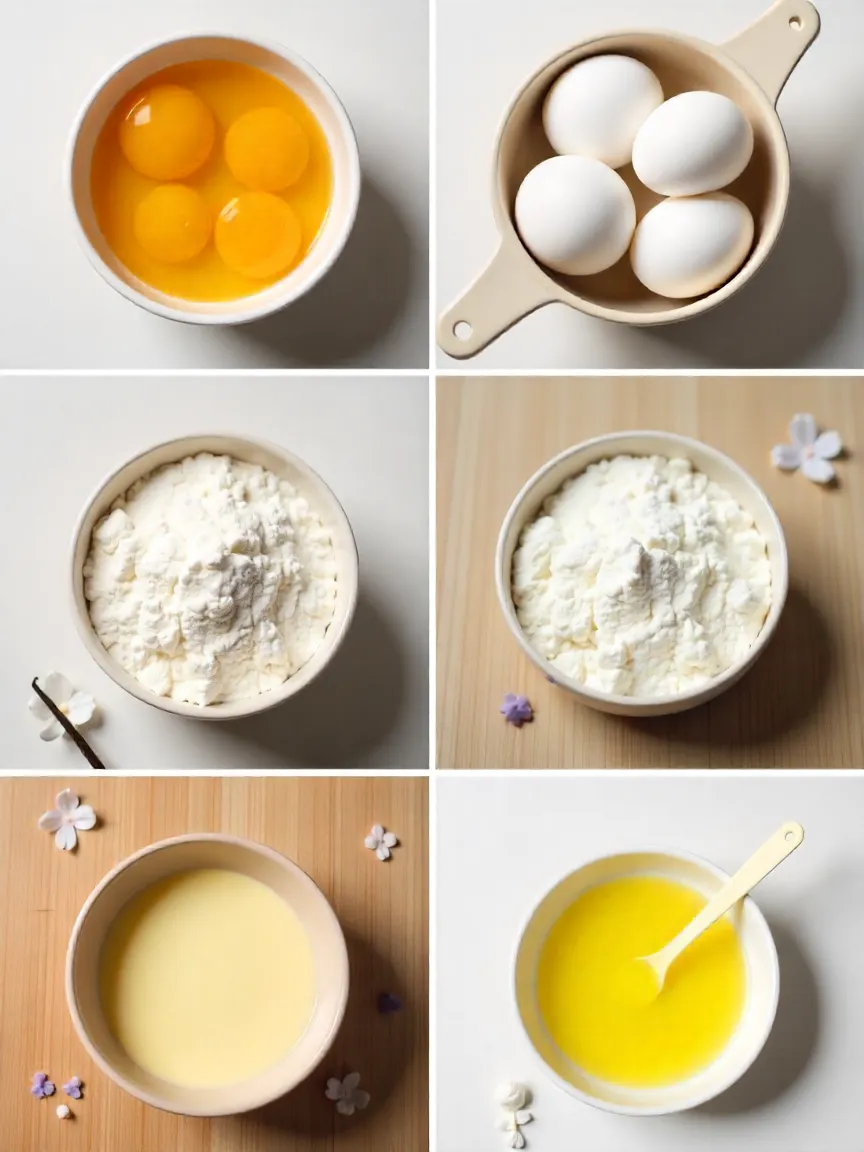
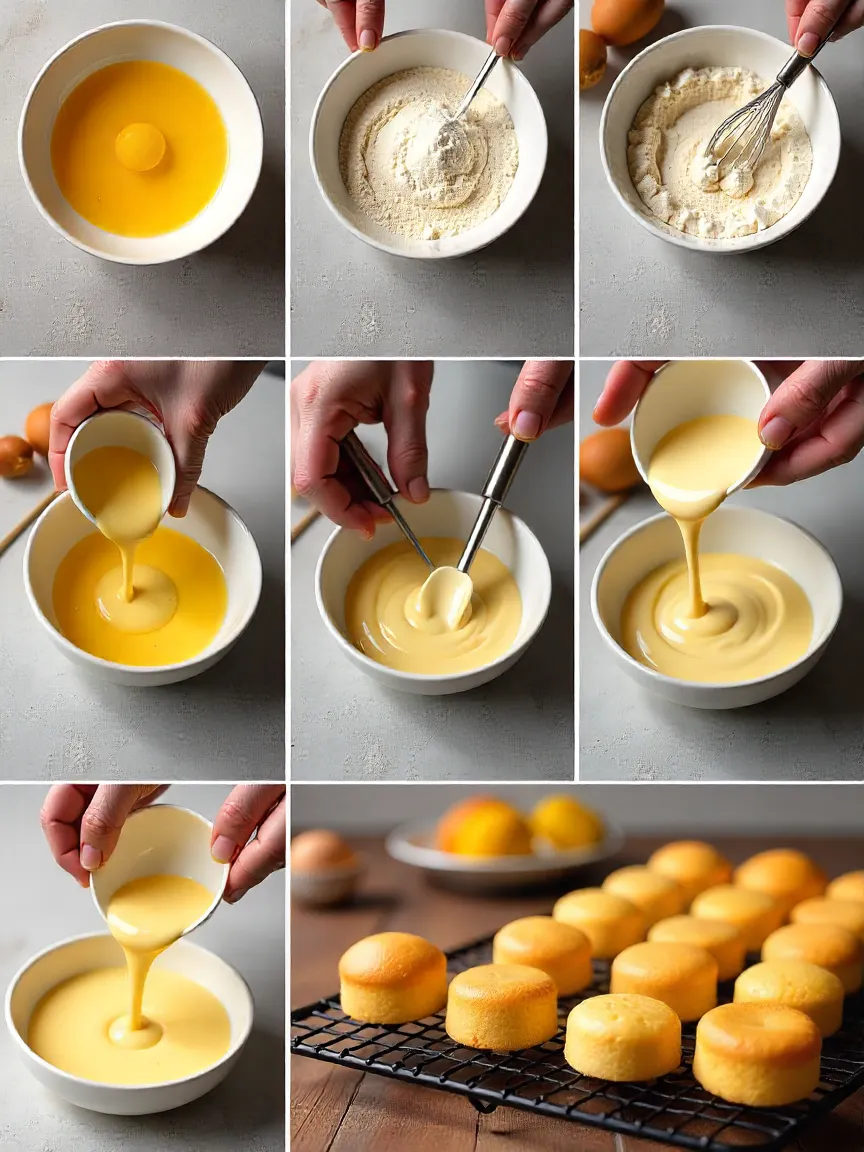

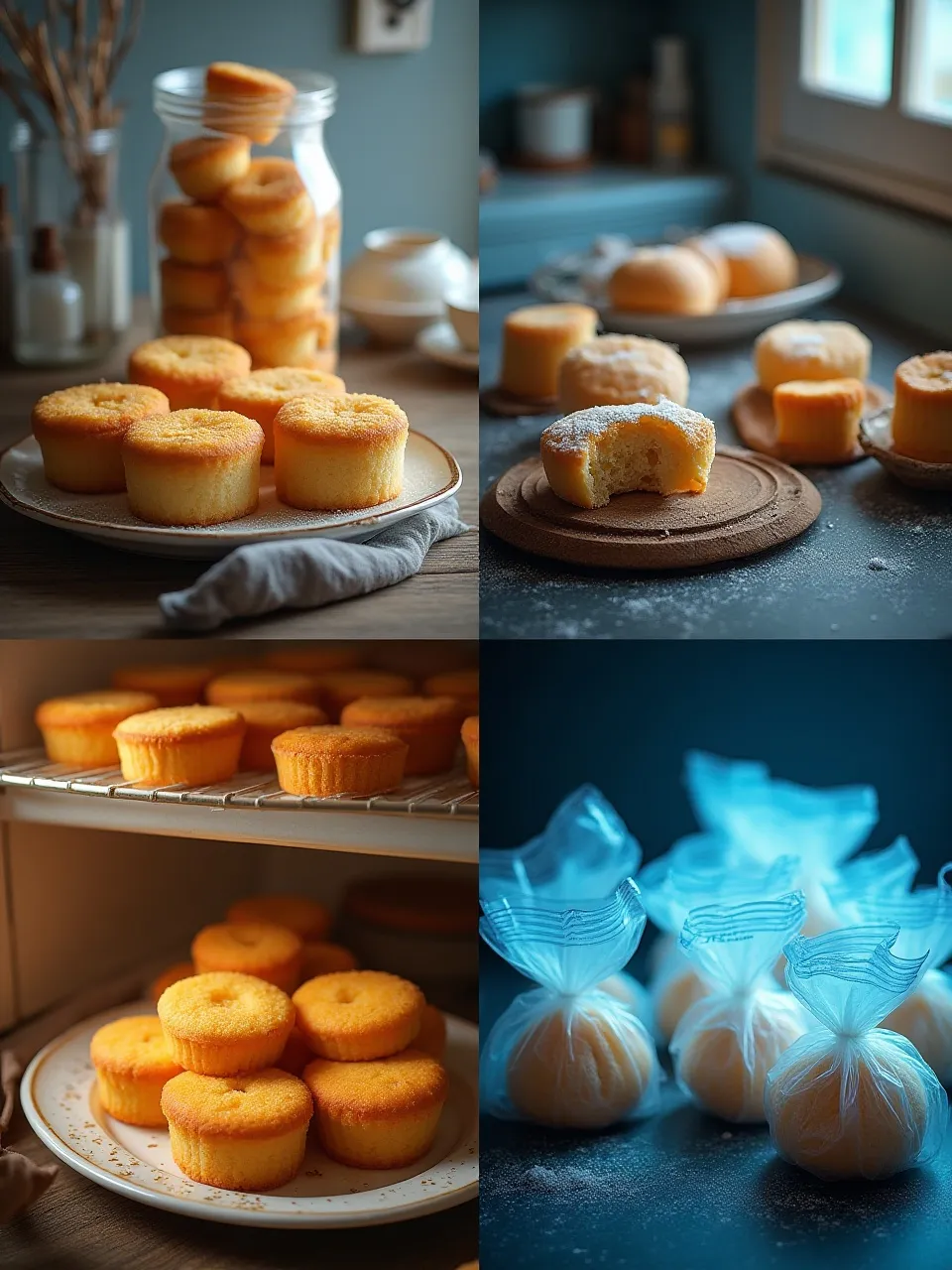
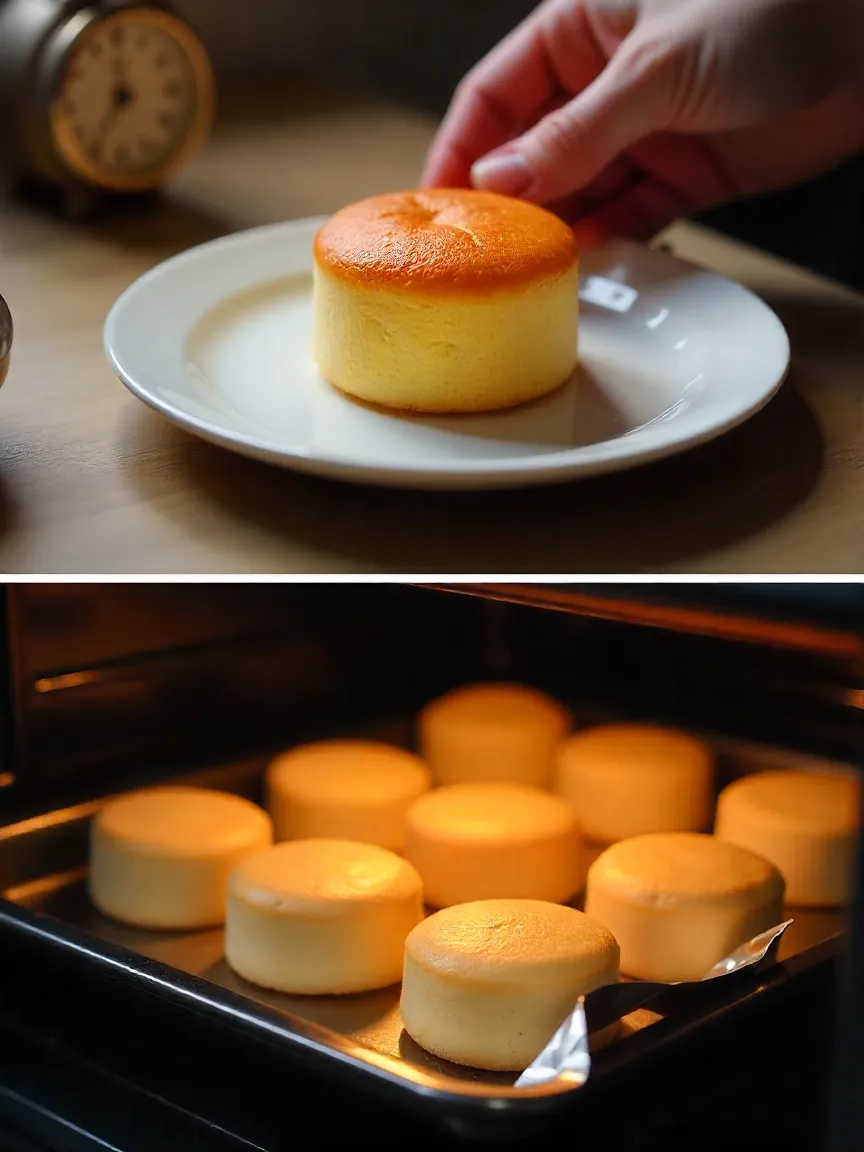



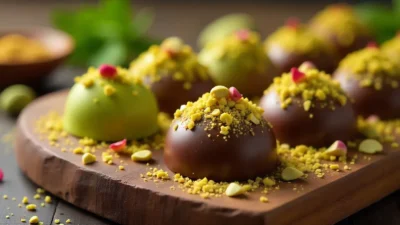
I like what you guys are up too. Such clever work and reporting! Keep up the excellent works guys I have incorporated you guys to my blogroll. I think it’ll improve the value of my web site :).